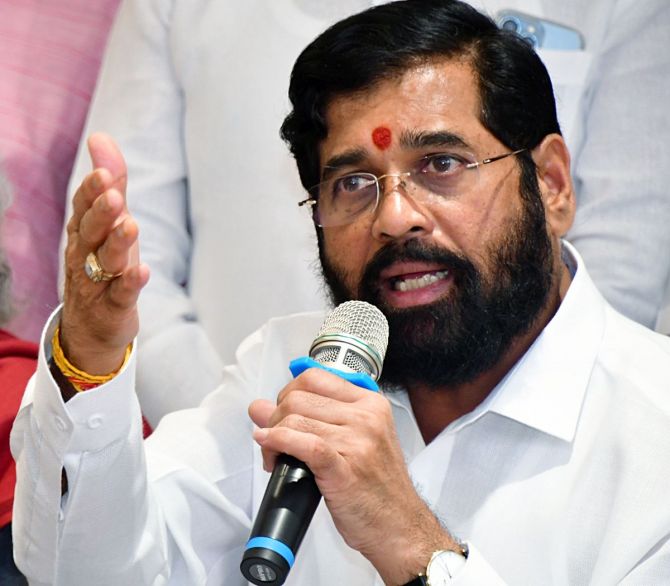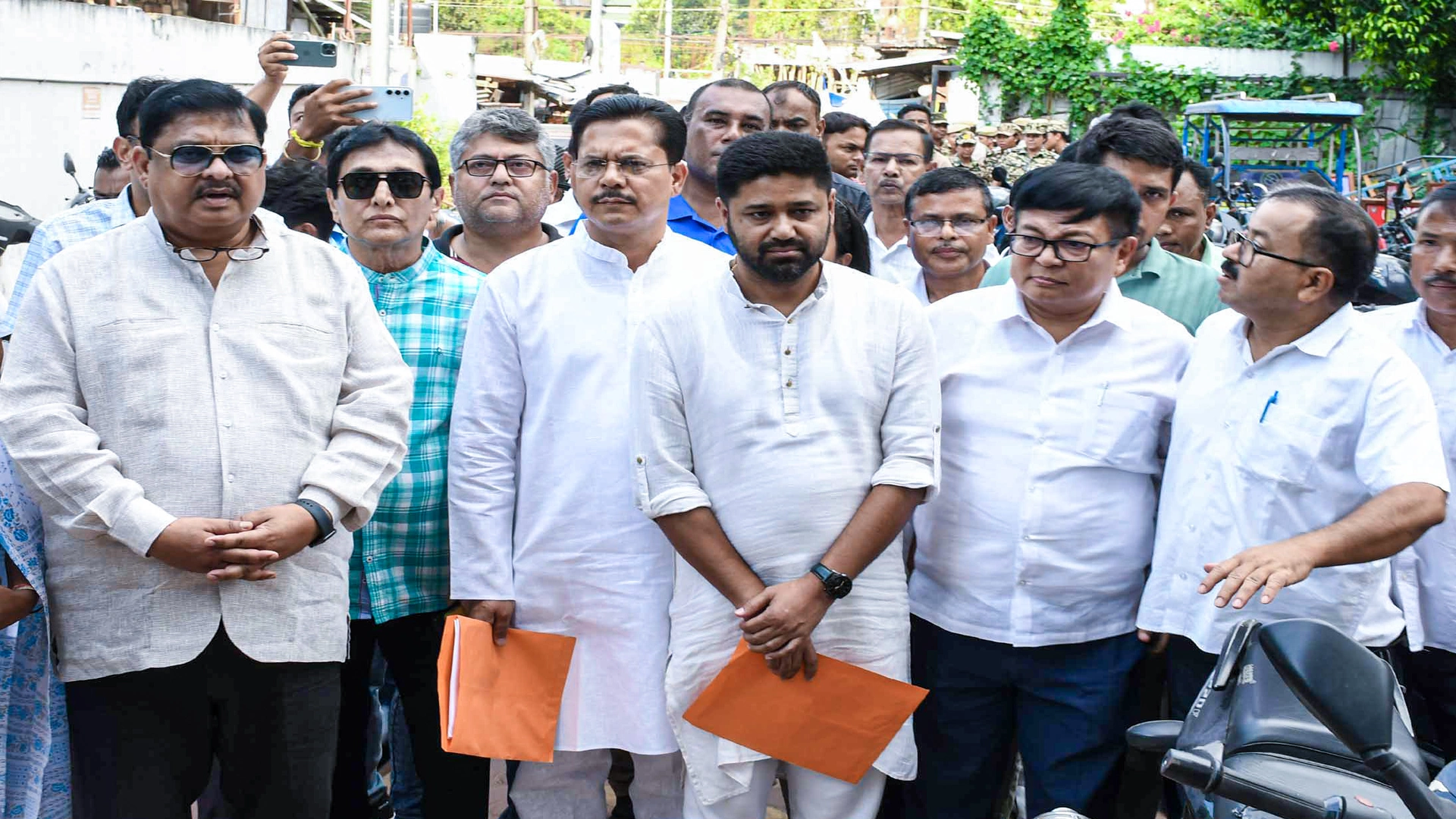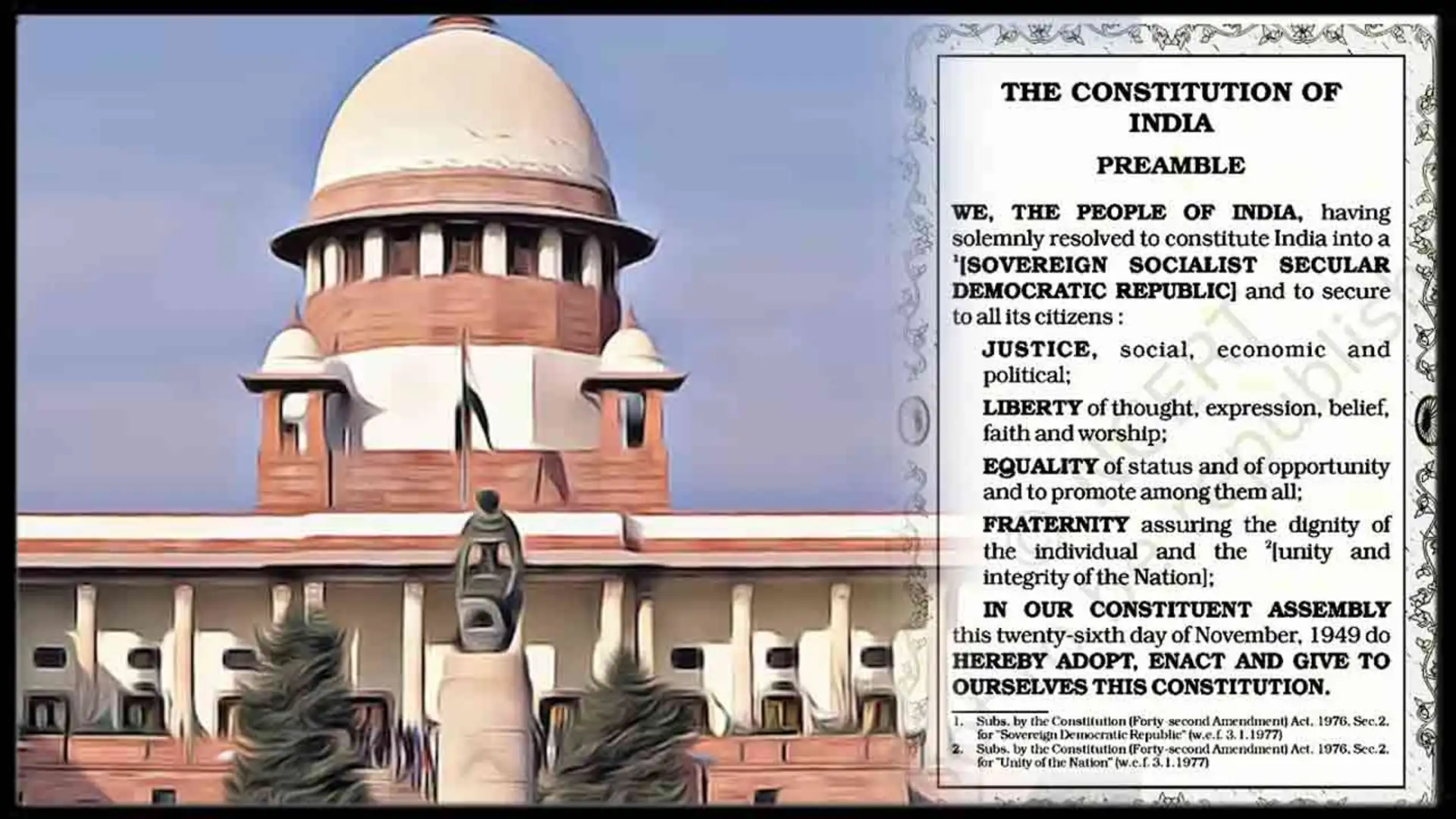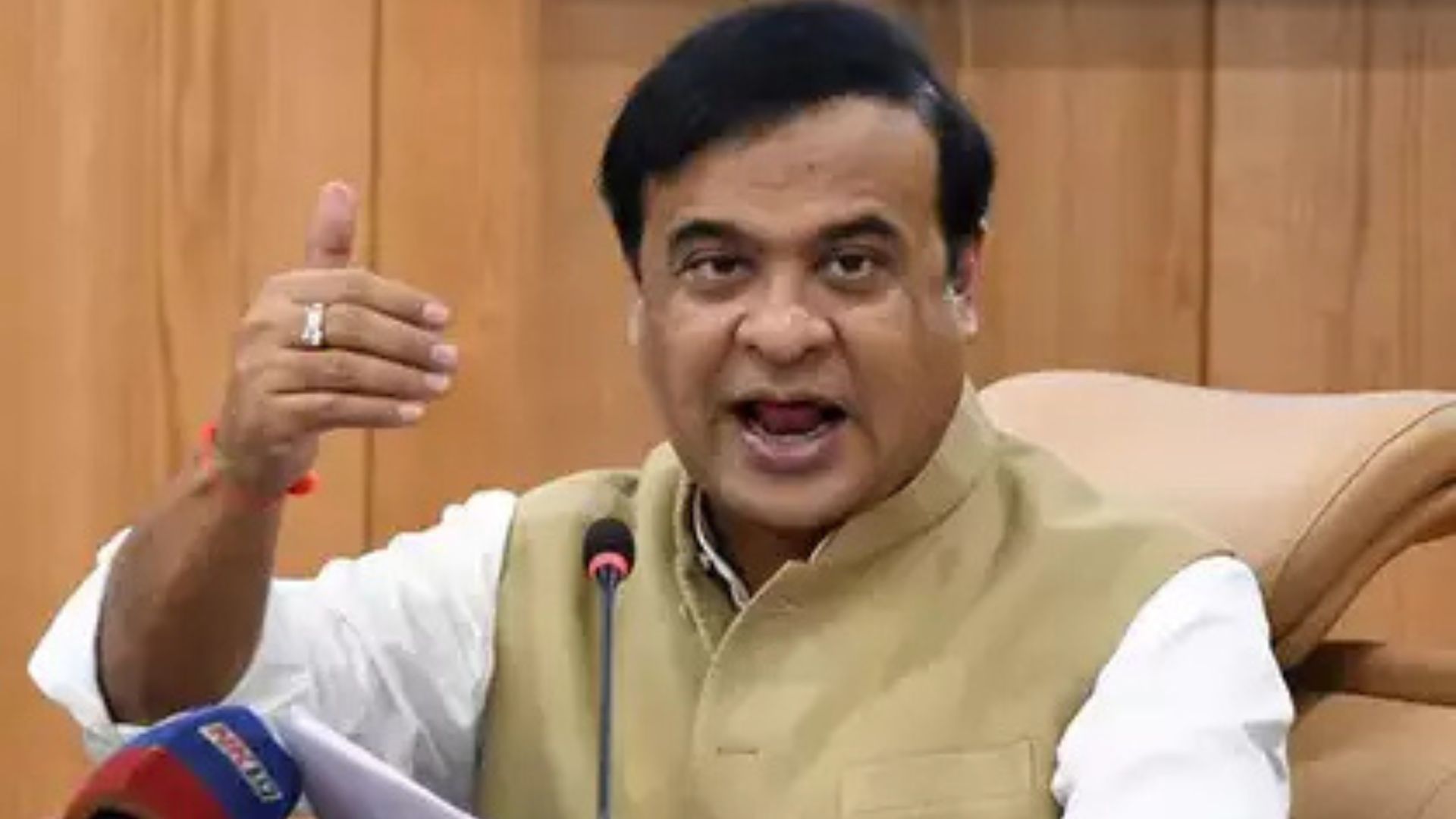
A year ago, on 30th June 2022, Eknath Shinde broke away from the Shiv Sena and became the CM of Maharashtra with the support of the BJP.
Now on June 2, 2023, like Eknath Shinde, Ajit Pawar has also broken from the NCP and has become the Deputy CM. Eknath Shinde had 40 MLAs. Ajit Pawar has also come with 40 MLAs. Ajit Pawar has also become a part of the Shiv Sena (Shinde faction)-BJP coalition government.
The legal (constitutional) matter of disqualification of the 16 MLAs accompanying Shinde is still pending with the Speaker. So will the anti-defection law apply to the MLAs who came with Ajit Pawar? Or will Ajit Pawar snatch Sharad Pawar’s NCP like Shinde did? And will Ajit Pawar usurp the NCP symbol like Shinde? Let us understand the ongoing political turmoil in Maharashtra from a legal-constitutional point of view!
The way Eknath Shinde divided Shiv Sena into two parts a year back, now Ajit Pawar has played a big game with NCP. The oath of the post of Deputy CM has already been taken on his behalf, apart from this many other strong leaders have also included themselves in the NDA. The big thing is that like Shinde, now Ajit Pawar is also staking his claim on NCP. They are saying that they are the real NCP, the election symbol is going to remain with them.
Now, the claims are in their place, but the question is, is Ajit Pawar’s path really going to be so easy? Does Ajit really have that much support? Can Ajit tell NCP his party? Now to know the answers to all these questions, it is necessary to understand the anti-defection law properly. There are aspects of the anti-defection law which state that leaving the party will not lead to cancellation of membership.
The rule of defection law states that a leader can avoid disqualification if the party he is leaving merges with another political party. The second condition is that at least two-thirds of the MPs or MLAs agree on that merger. Let us now link Ajit Pawar’s claims with this law.
At present, the NCP has a total of 53 MLAs in the assembly. Leaders of the Ajit camp have the support of 40 MLAs, Ajit has gone a step further and said that not only 40 MLA but all are standing with him. Now two-third of 53 is 36. At present, according to the claims, they have sufficient numbers, in such a situation they can get protection from many provisions of the anti-defection law.
Now the question arises as to whom the Election Commission supports in such a situation. The one who rebelled, whether he was recognized, or the one who was cheated. In Shinde case the decision was in favor of him. Now here also the Election Commission gives its decision with the help of anti-defection law. At this time, Ajit Pawar has created a split in the NCP, but is it two-thirds. It is definitely being said in the claims.
Election Commission and Ajit Pawar
Now if two-thirds rebel, then it can be said that there has been a vertical split in a party. In such a situation, there is a big rift between the MLAs and the workers and they change sides. In such a situation, according to the rules, the Election Commission gives recognition to the one who has full numerical strength, that is, the camp which is bigger.
Para 15 of the Emblem Order 1968
Now this is a matter of claiming the party, but who should be given the symbol? Ajit Pawar has made it clear that the party is with him and the election symbol of NCP is also with him. Now here it becomes necessary to understand Para 15 of the Emblem Order 1968. In simple words, one is allotted election symbol by looking at its present position, number of MLAs and MPs. That is, it is necessary to prove majority here also.
Symbol will go to Ajit Pawar Fraction!
In such cases, the Election Commission can also confiscate one’s election symbol, can also give different symbols to both the fighting parties. In some cases, considering the strength of numbers, can also give victory to one side. In Shinde’s case, the Election Commission had given Shiv Sena and its symbol to his faction after seeing the numbers. Now everyone’s eyes will be on what is the stand of NCP in the matter.















